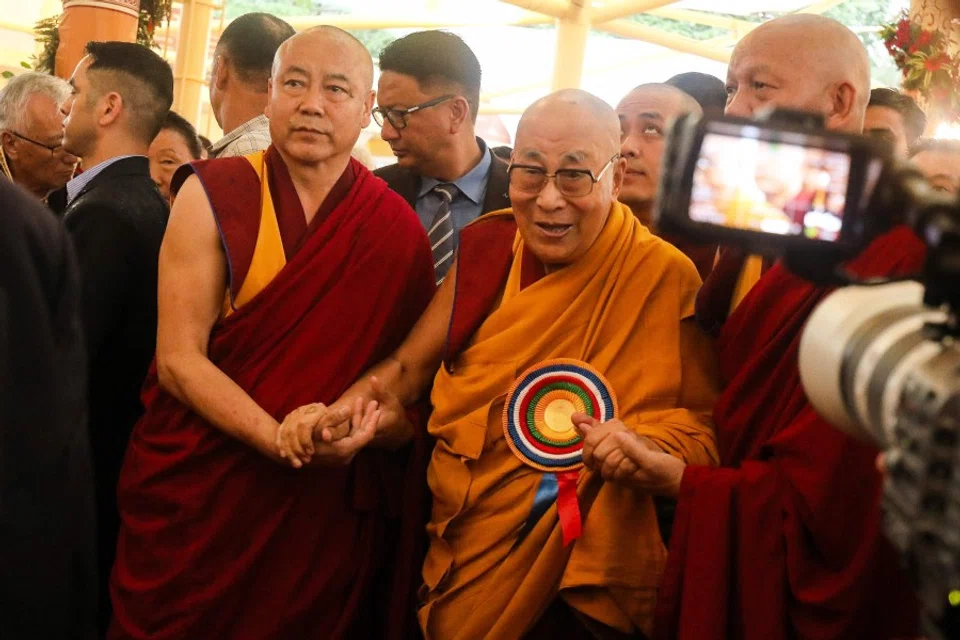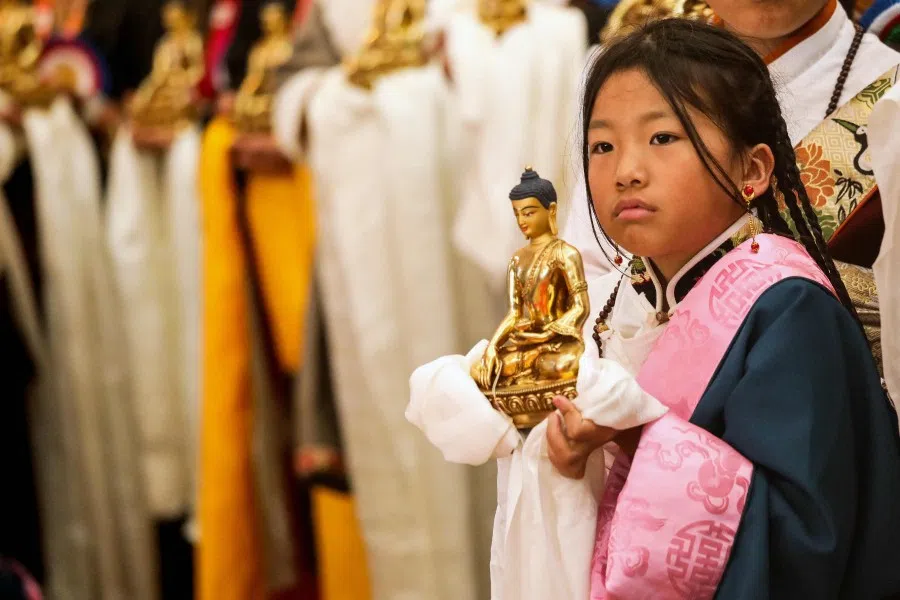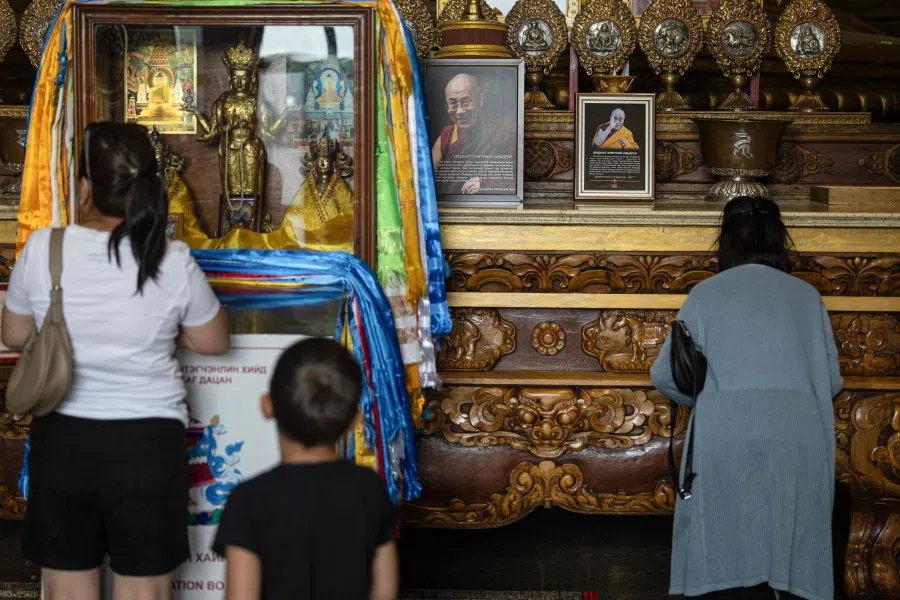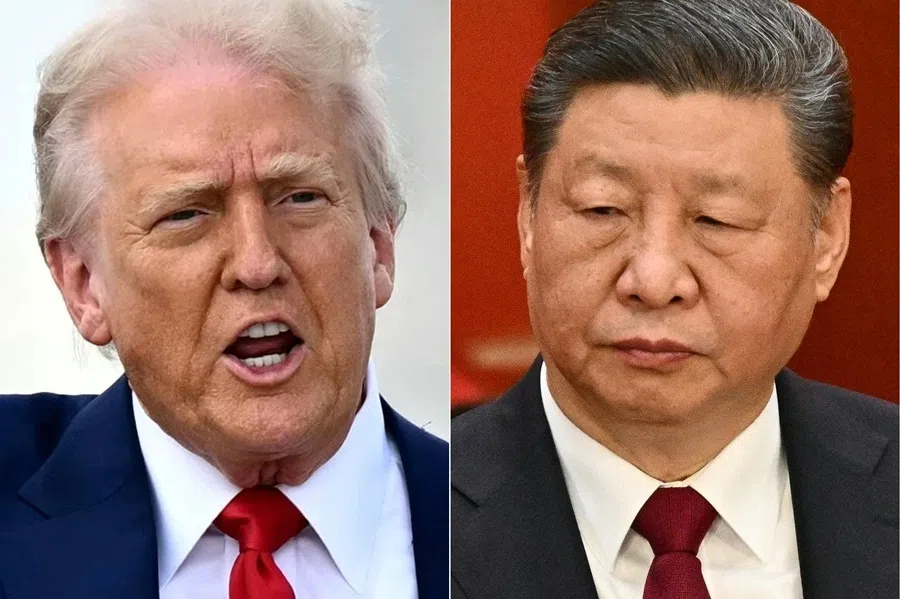The Dalai Lama’s succession and the geopolitics of faith
As the Dalai Lama prepares for succession, China is gearing up for a battle over spiritual authority and political legitimacy. Outside Tibet and India, only Bhutan, Nepal and Mongolia have significant Tibetan Buddhist followings — but their responses to Beijing’s claims are likely to vary widely, says Indian researcher Amit Kumar.

As the Dalai Lama, the spiritual head of the Gelug sect of Tibetan Buddhism, celebrated his 90th birthday on 6 July, several questions surrounding his succession loomed large. Days before, in his video statement on 2 July, the 14th Dalai Lama declared that he would be reincarnated upon his death, putting to rest the speculation around the continuity of the institution.
This is significant because the Dalai Lama had in the past alluded to the possibility of the dissolution of the highest spiritual position. In an ideal world, Beijing would have preferred this plan, for it would have eased its case to govern Tibet.
While China established control over Tibet following its military intervention in 1950 and the signing of the 17-Point Agreement in 1951, it has struggled to earn the trust of many Tibetans. In 1959, amid a major uprising in Lhasa against Chinese rule, the 14th Dalai Lama fled to India. He later established the Tibetan government-in-exile in Dharamshala, which continues to challenge the legitimacy of Beijing’s claim over Tibet and keeps the issue alive on the international stage.
The first possible option that Beijing may explore is to speed up negotiations with the Central Tibetan Administration (CTA). Back-channel talks are already ongoing between the two parties...
China maintains that all matters related to Tibetan Buddhism must comply with the laws and regulations of the party-state. In line with this policy, Beijing has repeatedly asserted that the reincarnations of major Buddhist figures, including the Dalai Lama and the Panchen Lama, must be approved by the central government — a position grounded in state law but widely contested by the Tibetan religious community and government-in-exile.

However, by choosing to continue the institution of the Dalai Lama, he has ensured that Beijing remains locked in a struggle over legitimacy. In his book Voice for the Voiceless, the Dalai Lama emphasised that his successor would be born in a free society. He has also entrusted the Gaden Phodrang Trust — a non-profit organisation he founded — with the sole authority to identify his reincarnation. These moves have further intensified Beijing’s unease over its control of the Tibetan religious narrative.
China’s options: negotiations or battle for succession
China must be evaluating its options. There is still time until the succession process is completed and a successor emerges. The first possible option that Beijing may explore is to speed up negotiations with the Central Tibetan Administration (CTA). Back-channel talks are already ongoing between the two parties via a third country. While the talks were initiated at Beijing’s insistence last year, the CTA is not expecting anything substantial.
However, the Dalai Lama’s announcement may lend renewed seriousness to the prospect of negotiations. Meaningful progress, however, would require a viable quid pro quo. From China’s side, this might entail recognition of the Dalai Lama’s chosen successor. Yet it remains unclear what concession the CTA could offer in return.
Proposals involving the dissolution of the government-in-exile or the abandonment of the quest for genuine autonomy are unlikely to be accepted by the CTA. In the absence of a mutually acceptable agreement, Beijing is likely to move forward with endorsing its own candidate — setting the stage for a protracted battle over legitimacy and global recognition.
The Buddhist world
The relative ease or difficulty of the Buddhist world in dealing with China’s diplomatic offensive will depend on which of the three broad categories they fall into. The three groups are: countries with significant Gelug sect of Tibetan Buddhist practicing population, non-Gelug sect of Tibetan Buddhist practicing population, and non-Tibetan Buddhist practicing population.
In each of these groups of countries, China’s battle for recognition will involve two stakeholders: the government and the present Buddhist monastic order. Outside Tibet and India, there are only three countries with significant Tibetan Buddhism following: Bhutan, Nepal and Mongolia. But the responses from each of them are unlikely to be the same.
Bhutan and Tibet (under previous Dalai Lamas) also have a difficult history marred by territorial wars.

Bhutan: historical distance and present detachment
Bhutan is a Buddhist-majority country that follows the Drukpa Kagyu tradition, a major school within Tibetan Buddhism. Like the Dalai Lama, the Je Khenpo is the topmost institutional and spiritual leader of this sect. Thus, even as the origin of Bhutanese Buddhism is rooted in Tibetan Buddhism, it has developed its distinct features over the last thousand years.
Bhutan and Tibet (under previous Dalai Lamas) also have a difficult history marred by territorial wars. Thus, perhaps more than anything else, it is the political and religious rivalry of the past that underpins Bhutan-Tibet relations. The fact that the Dalai Lama has not set his foot on Bhutanese territory since his escape to India is a testament to this fact.
Thus, the Bhutanese state and its Buddhist monastic order could have an easy way out. They neither have a stake, nor the incentive to weigh in on the succession battle between China and the current Dalai Lama.
Historically, Nepal has stayed away from extending any invitation to the Dalai Lama, fearing Chinese reaction. The Dalai Lama’s only visit to Nepal since his escape came in 1987 when he visited Lumbini.
Nepal: passive alignment with Beijing
Nepal hosts a minority Buddhist community, constituting around 8% of the country’s total population. Nepalese Buddhists predominantly follow the Nyingma school of Tibetan Buddhism, which is also the oldest of the four sects. Since matters of reincarnation and succession are typically handled internally within each sect — without interference from others — the issue of the Dalai Lama’s successor holds limited direct relevance for Nepal’s Buddhist monastic community. Consequently, both the Nepalese government and its Buddhist institutions are likely to remain relatively uninvolved in the succession dispute.
Historically, Nepal has stayed away from extending any invitation to the Dalai Lama, fearing Chinese reaction. The Dalai Lama’s only visit to Nepal since his escape came in 1987 when he visited Lumbini. In the past, the Nepalese authorities have denied permission to hold celebrations for the Dalai Lama’s birthday, with some refugees even being detained during the occasion. Thus, it is highly unlikely that the Gaden Phodrang’s appointed successor will receive any favour from Nepal as well.
Japan, where Buddhists make up around 46% of its population, has defied Chinese pressure and hosted the Dalai Lama on 25 occasions so far.
Mongolia: spiritual loyalty, strategic vulnerability
Mongolia’s situation is perhaps the most intricate among the three countries. It is the only country or region outside Tibet and India, where the Gelug sect of Tibetan Buddhism is widely practised. It is also the seat of the third highest spiritual leader of the Gelug school — the Khalkha Jetsun Dhampa Rinpoche.
In 2023, the Dalai Lama had identified an eight-year-old US-born Mongolian boy as the tenth reincarnation of Jetsun Dhampa. By extension, he also serves as the spiritual head of the Gelug school in Mongolia.

Given the constraints of geography — landlocked between China and Russia — Mongolia is extremely susceptible to Chinese pressure. The country’s Buddhist monastic order, however, may still resist Beijing on the succession issue. That said, China can turn the heat on the Mongolian government. And so the question to ask is whether the Mongolian government will deem it prudent to lock horns with China on this issue when half of the country’s population is not even Buddhist.
An uphill battle for recognition
Countries like Sri Lanka, Myanmar, Thailand, Laos, and Cambodia have been wary of hosting the Dalai Lama despite domestic requests, fearing China’s wrath. There is no plausible reason why they would be willing to irk Beijing over the succession issue.
... unlike the current Dalai Lama, who even China recognises, his successor’s authority will be challenged at every step.
On the other hand, Japan, where Buddhists make up around 46% of its population, has defied Chinese pressure and hosted the Dalai Lama on 25 occasions so far. It offers hope to Dharamshala that Japan will side with it on the succession issue by continuing to extend similar invitations in the future.
However, visits by the Dalai Lama’s successor will incite more severe reactions from Beijing. It is so because, unlike the current Dalai Lama, who even China recognises, his successor’s authority will be challenged at every step.
Thus, for the Dalai Lama and the CTA, gaining support for their successor from the Buddhist world will be an uphill battle. India may be their most prominent hope. It remains to be seen, however, how much India would be willing to risk vis-à-vis its China policy.





